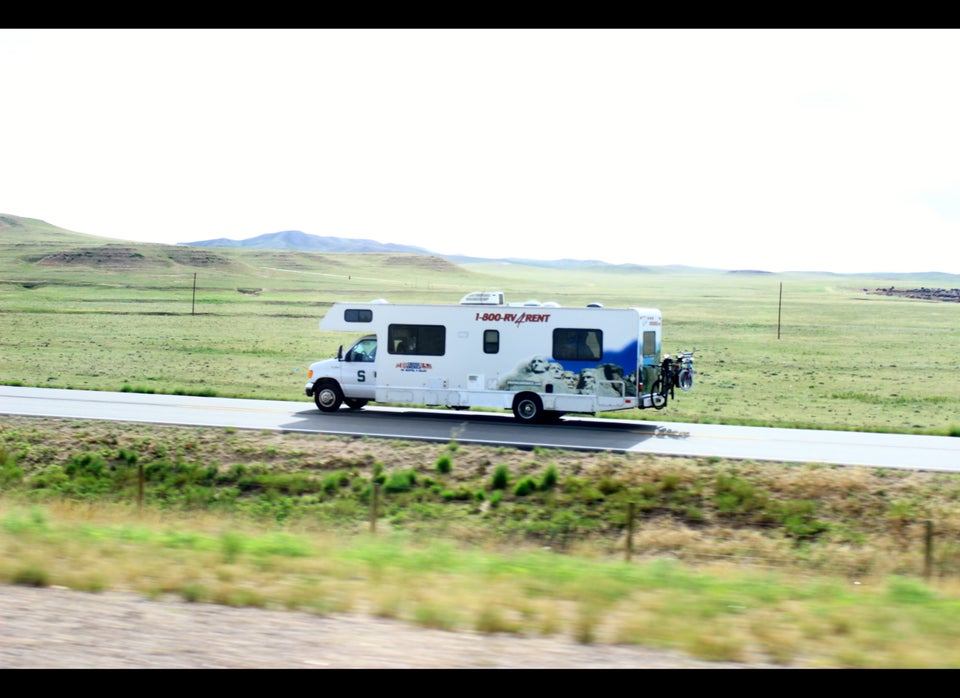So, Baby Boomers, I have a pretty good feeling that after the past 3 days you have a good grasp on working the "ins" and "outs" of your primary Social Security benefits program.
But, everyone's family life and structure can be a little different, so why don't we start today by taking a quick look at your "Beneficiaries" and how your PIA (Primary Insurance Amount) is handled in different scenarios.
Let's see what different eligibility requirements are needed for your loved ones (or maybe not so loved ones in the case of a divorce) to receive your retirement benefits.
Please pay close attention because here is where the system starts to get quite complicated.
*** A QUICK LOOK AT BENEFICIARIES ***
1. PRIMARY EARNER
- Can receive 100% of their PIA at full retirement age
- Can receive reduced benefits starting at age 62+ (+- 75% depending on age)
- Can receive increased benefits with delayed retirement (8%/year up to age 70)
2. PRIMARY EARNER'S SPOUSE
- Can receive 50% of spouse's PIA at full retirement age
- Can receive reduced benefits starting at age 62+ (+- 35% depending on age)
3. PRIMARY EARNER'S WIDOW OR WIDOWER
If you are the widow or widower of a person who worked long enough under Social Security, you can:
- Receive reduced benefits as early as age 60 or full benefits at full retirement age for survivors
- Receive benefits as early as age 50 if you are disabled AND the disability started before or within seven years of the primary earner's death.
- Receive survivors benefits at any age if you take care of the deceased worker's child who is under age 16 or is disabled and receives benefits on the worker's record.
Note: These requirements get very complicated so I highly recommend that if you are not the primary earner then you contact the SSA directly for a review and support. In fact, if you are a widow, widower (or surviving divorced spouse) cannot apply online for survivor's benefits.
4. PRIMARY EARNER'S DIVORCED SPOUSE
- Can receive 50% of ex-spouse's PIA at full retirement age
- Can receive reduced benefits starting at age 62+ (+- 35% depending on age)
If you are divorced, your ex-spouse can receive benefits based on your record (even if you have remarried) if:
- You were married longer than 10 years
- You have been divorced for at least 2 years
- Your ex-spouse remains unmarried until 60 years old
- Your ex-spouse is 62 or older
- Your ex-spouse is not eligible for a bigger benefit
- You are entitled to Social Security retirement or disability benefits.
I told you this would get complicated.
Here are more things to note about these conditions of eligibility:
Benefits paid to a surviving divorced spouse (who meets the age or disability requirement as a widow or widower) won't affect the benefit rates for other survivors getting benefits on the primary earner's record.
If your divorced spouse remarries before age 60, they generally cannot collect benefits on your record unless their later marriage ends (whether by death, divorce or annulment).
The benefit for the primary worker or current spouse is not reduced.
The same is true if you have more than one eligible ex-spouse.
Its good news for your ex-spouse if they remarry after reaching the age 60 (age 50 if disabled) because their remarriage will not affect their eligibility to collect on your benefits.
Also, if an ex-spouse is caring for a child (former spouse's natural or legally adopted child) under age 16 or disabled who is getting benefits on the record of the primary earner, they would not have to meet the length-of-marriage rule.
There is a maximum family benefit amount allowed so if you qualify because you have the worker's child in your care, your benefit will affect the amount of the benefits of others on the worker's record.
5. SPOUSE WITH CHILD UNDER 16 OR DISABLED
- Can receive 50% of their spouses' applicable PIA at any age
- Benefits will not be reduced
- Benefits can be stopped and restarted based on familial status (remarry, etc.)
6. DIVORCED SPOUSE WITH CHILD UNDER 16 OR DISABLED
If the aforementioned 10/2/60 "Divorced Spouse" requirements are met then they
- Can receive 50% of their spouses' applicable PIA at any age
- Benefits will not be reduced
- Benefits can be stopped and restarted based on familial status (remarry, etc.)
7. CHILDREN UNDER 18 (19 IF IN SCHOOL AND UNMARRIED)
- Can receive 50% of the parent's/primary wage earner's PIA
8. CHILDREN OVER 18 IF DISABLED
- Can receive 50% of the parent's/primary wage earner's PIA
Hopefully, this information wasn't as bad as I first made it out to be.
Sure, it's a little complicated but, believe it or not, the Social Security website has everything broken down in easy to follow steps that make it easier for you to find answers to your questions.
Again, that website is http://www.ssa.gov/
I trust you will return tomorrow for the completion of our little journey though the Social Security system?
We will look at a quick overview of the different benefits available from the Social Security system beyond just the retirement benefits.
We have already touched on a few high points of "Survivors Benefits" as well as "Disability Benefits" in our discussions already and we will talk about "Medicare Benefits" and "Supplemental Security Income" as well.

